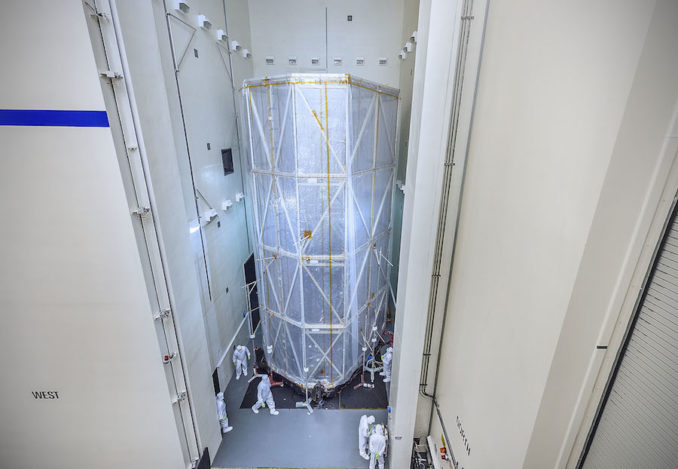New deadline for JWST Cycle 1 General Observer proposals
The major disruption caused by the COVID-19 pandemic continues to affect all of us. Integration and testing of the James Webb Space Telescope are among the activities impacted. NASA has re-evaluated the project schedule and announced a launch readiness date of October 31, 2021.
After consulting with the JWST Users Committee, STScI, NASA, ESA and CSA have finalized the review schedule for Cycle 1 proposals.
We are announcing the deadline well in advance, so that proposers have flexibility to prepare proposals as their COVID-impacted schedules permit.
The CALL FOR PROPOSALS remains unchanged from its release earlier this year.
All proposal tools and DOCUMENTATION are available to proposers.
The JWST Telescope Allocation Committee (TAC) will review the proposals in February 2021 and recommend the Cycle 1 GO science program for announcement in March 2021.
We send best wishes to our user community and their families in these challenging times.
As always, please contact the MIRI French Centre of Expertise if you have any questions.
As always, please contact the MIRI French Centre of Expertise if you have any questions.









